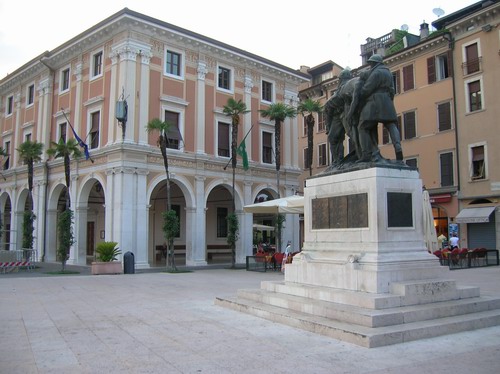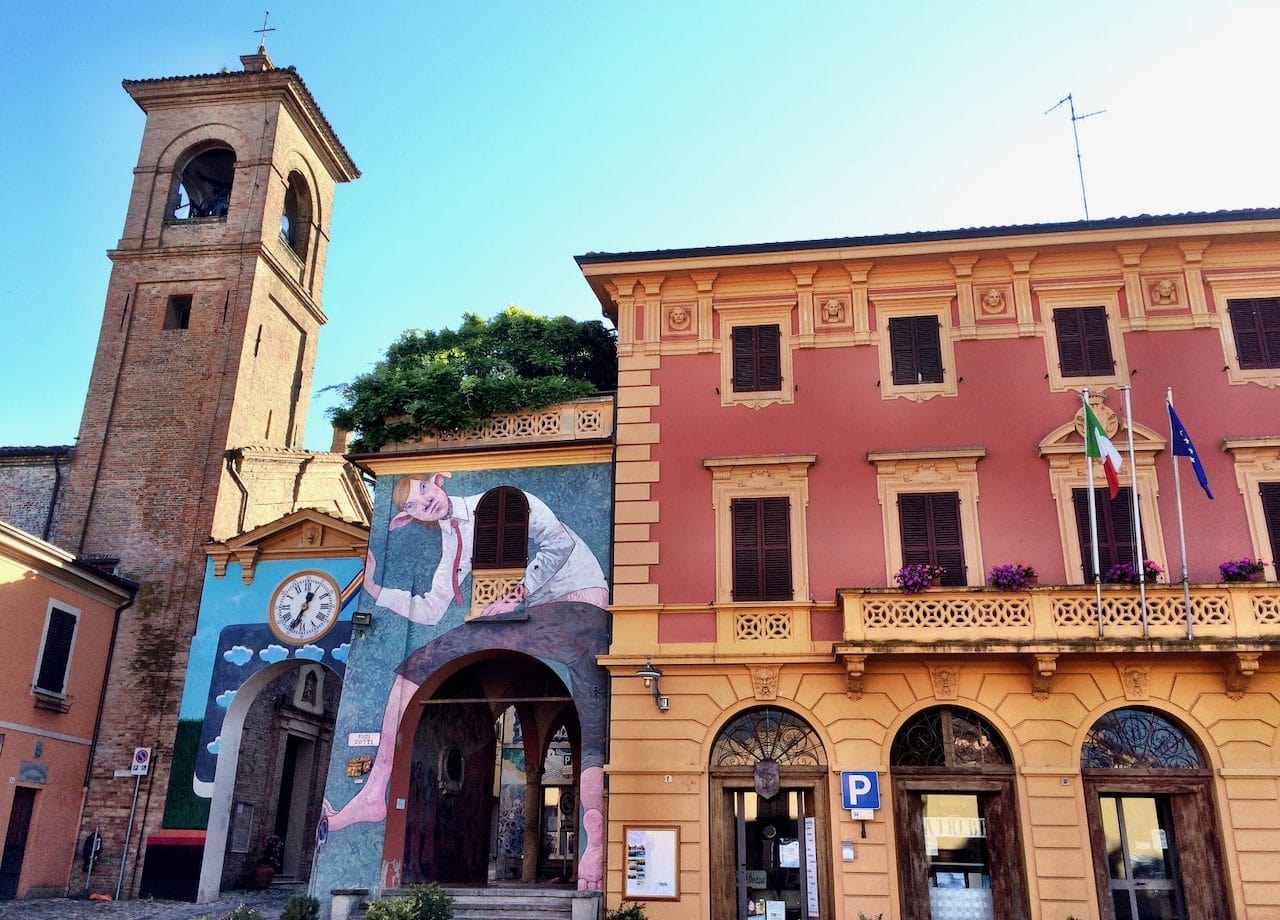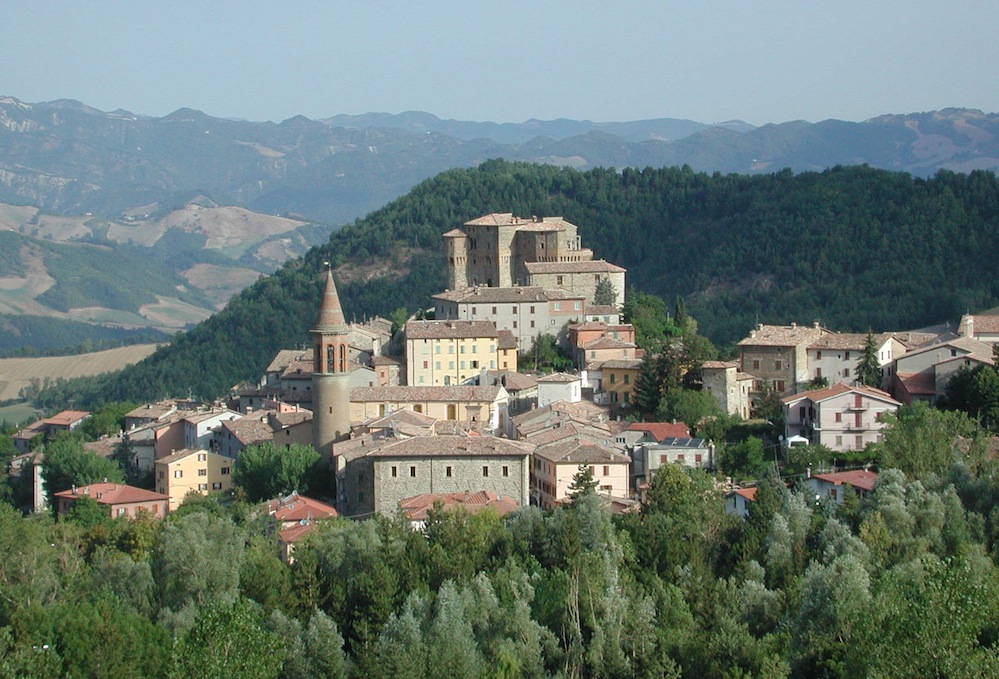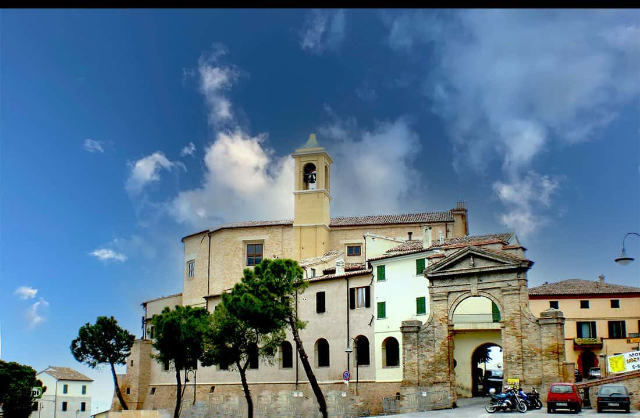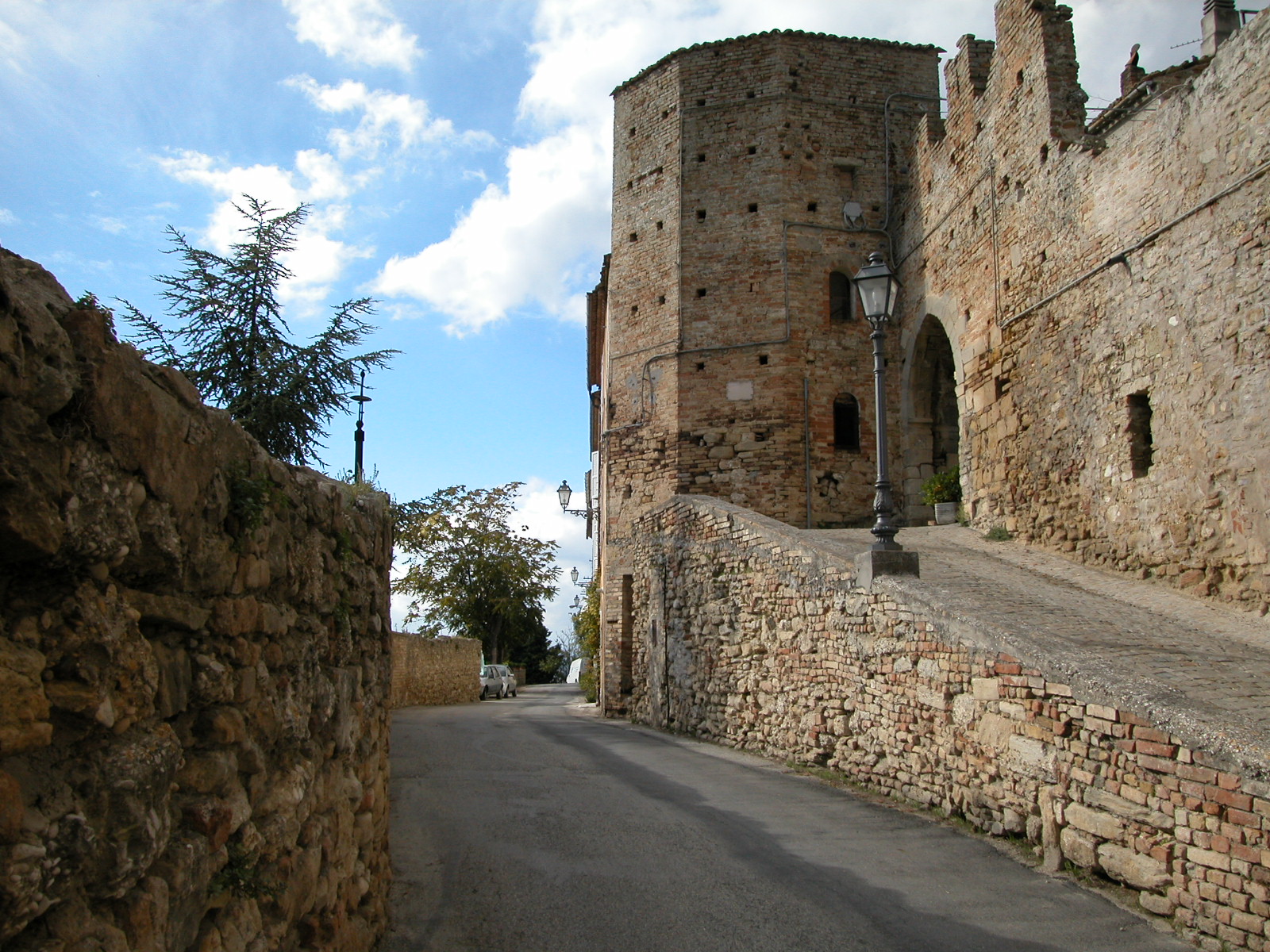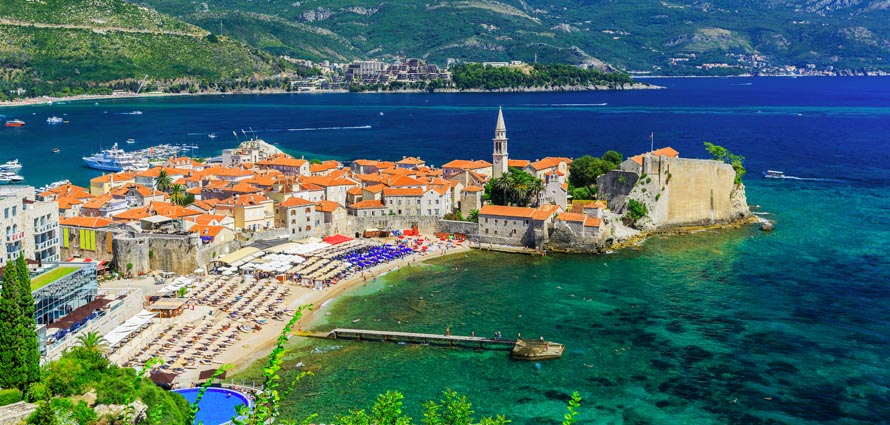Salò is at the center of a beautiful gulf at the foot of Mount S. Bartolomeo (m. 568), and is considered the "capital" of the Upper Garda area of Brescia.
The historic center of Salò, is a dense network of streets, alleys and squares with stately homes, elegant stores, numerous restaurants and many hotels.
The name "Salò" has unclear origins: some trace it back to the name of an Etruscan queen, Salodia, who lived in Salò, founding magnificent palaces. Others link it to a lucumone (magistrate) Saloo, a nobleman of Etruscan stock, others to the Latin term Salodium, which indicated the rooms and halls that were rich in the Roman villas on the lake.
A valid explanation seems to be the one that traces the name of Salò back to the fact that the city was, even in ancient times, the economic capital where a very important resource such as salt was stored.
This town boasts Roman claims of ancient date: in the northwestern area of Salò (Lugone area now via Sant’Jago), was found a Roman necropolis. On May 13, 1426 after a long period of wars Salò "entrusted" spontaneously and "ligatamente" (so say the documents) to the Serenissima Republic of Venice that had recognized wide autonomy.
In the main square of the town we can still find a column overhanging the lion of St. Mark symbol of the Venetian domains.
In 500 arose the academies and the cultural life of the city, characterized by characters such as the humanist Jacopo Bonfadio, the luthier Gasparo da Salò, the doctor-astronomer Paolo Gallucci, the philosopher Antonio Caino. In 1796 the French and Austrian armies clashed repeatedly in Salò.
The end of the Venetian Republic removed Salò from the position of capital of the Riviera, aggregating it to the Cisalpine Republic and then to the Kingdom of Italy. In 1848 Salò adhered to the Milanese insurrection, knocking down the Hapsburg insignia and forming the National Guard. Numerous volunteers fought with the Piedmontese and Garibaldi.
On June 18, 1859 Garibaldi entered in Salò between two wings of cheering crowd, the city did its best to take care of the wounded of San Martino and Solferino.
From September 1943 to April 1945 during the Second World War Salò became famous for being the infamous capital of the so-called "Italian Social Republic".
